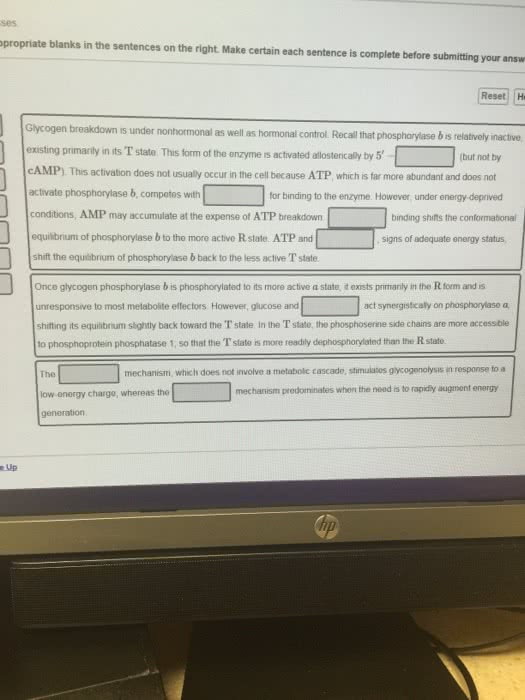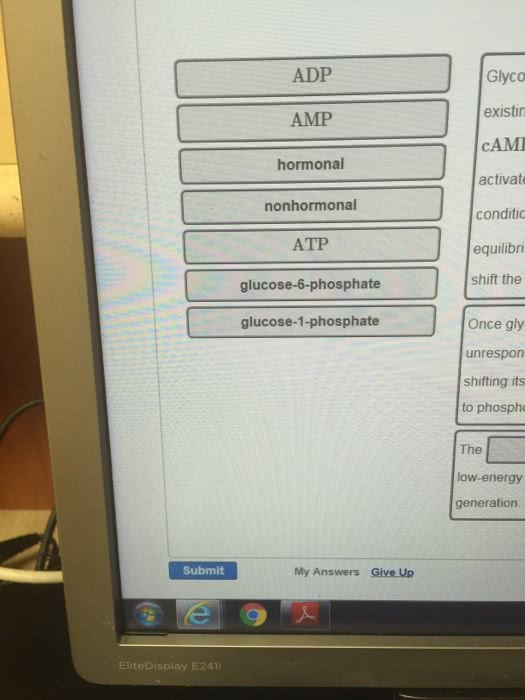BCM 475 Chapter Notes - Chapter 21: Phosphorylase, Glycogen, Skeletal Muscle
Document Summary
Phosphorylase is regulated by several allosteric effectors (signal energy state of cell) and. Phosphorylase regulation reversible phosphorylation: responsive to hormones (insulin, glucagon, epinephrine) Main difference between muscle and liver = metabolic role of glycogen (i. e. , muscle uses for contraction/liver for blood-glucose homeostasis) Muscle | uses glucose for its own energy production. Transition of phosphorylase b between the active r state and less-active t state is controlled by energy charge of cell. Skeletal muscle phosphorylase exists in active a and inactive b forms: alternates between an active relaxed (r) state and less active tense (t) state. Default (muscle) = phosphorylase b (relaxed muscle) Whe(cid:374) (cid:373)uscle co(cid:374)tracts : atp amp, phosphorylase signaled to degrade glycogen. Phosphorylase b phosphorylase a | by phosphorylation of single ser residue. Small structural changes at the subunit interface transmitted to active sites: 10 rotation around dimer, -helices move. T state - -helices block the catalytic site partly.



